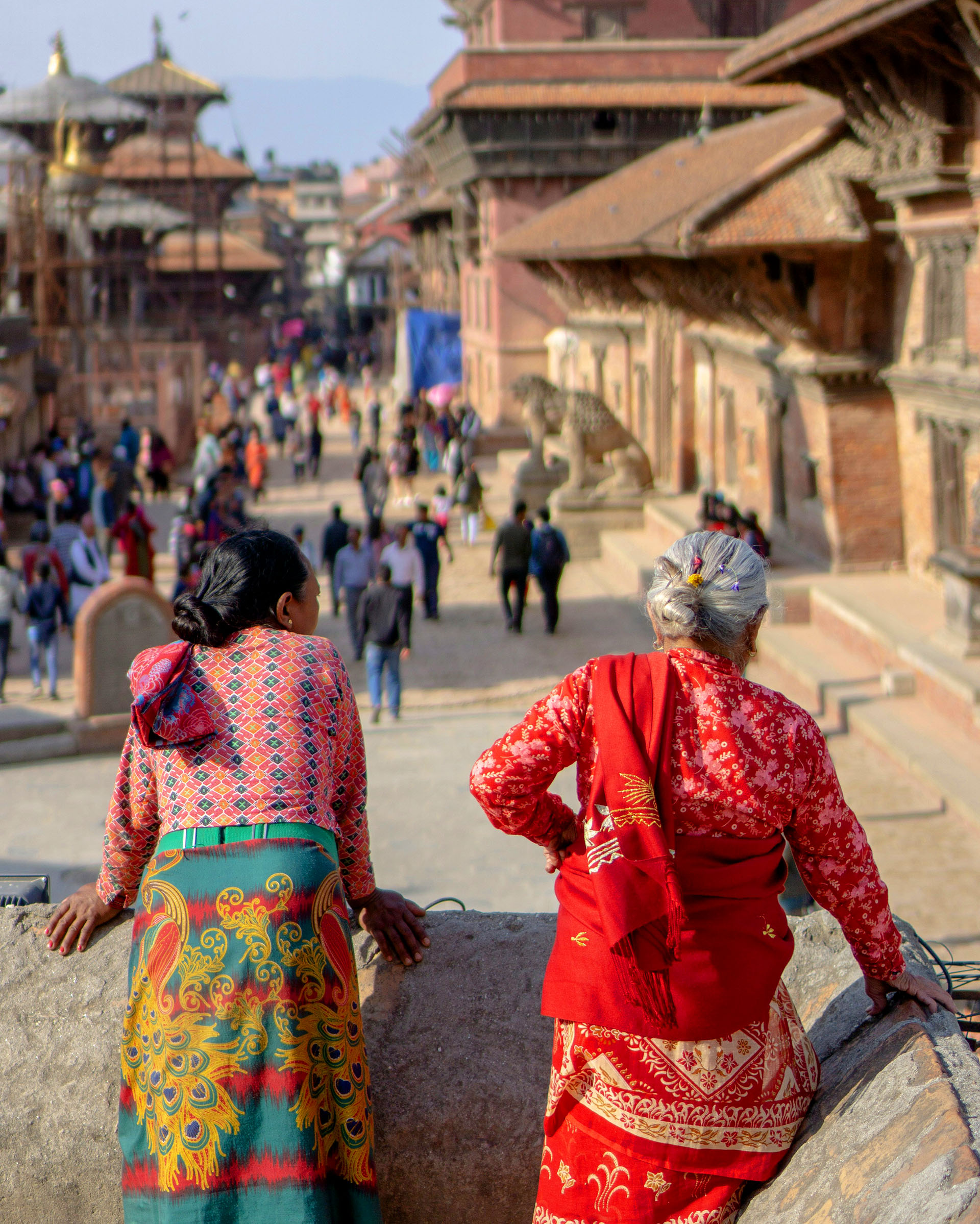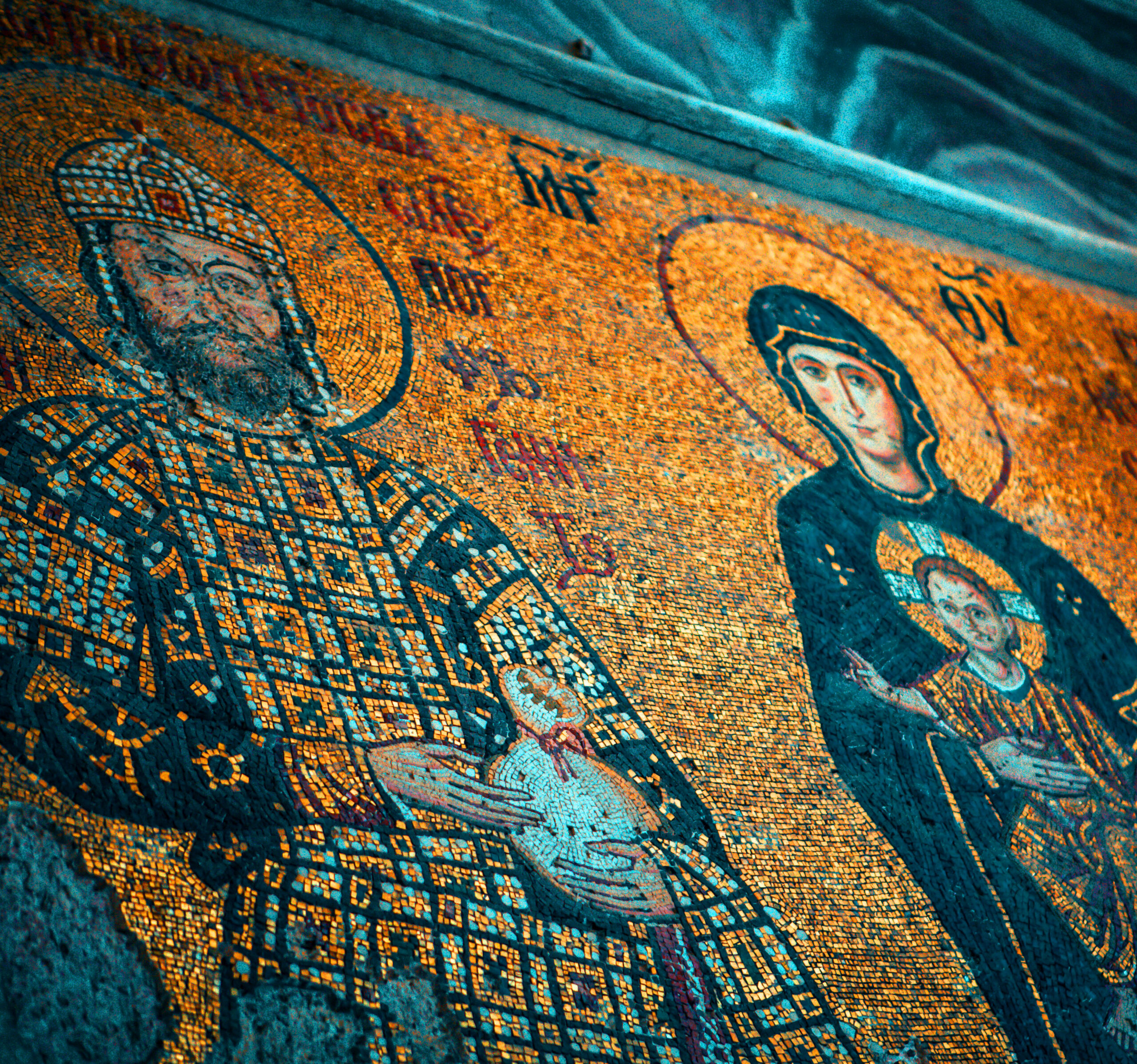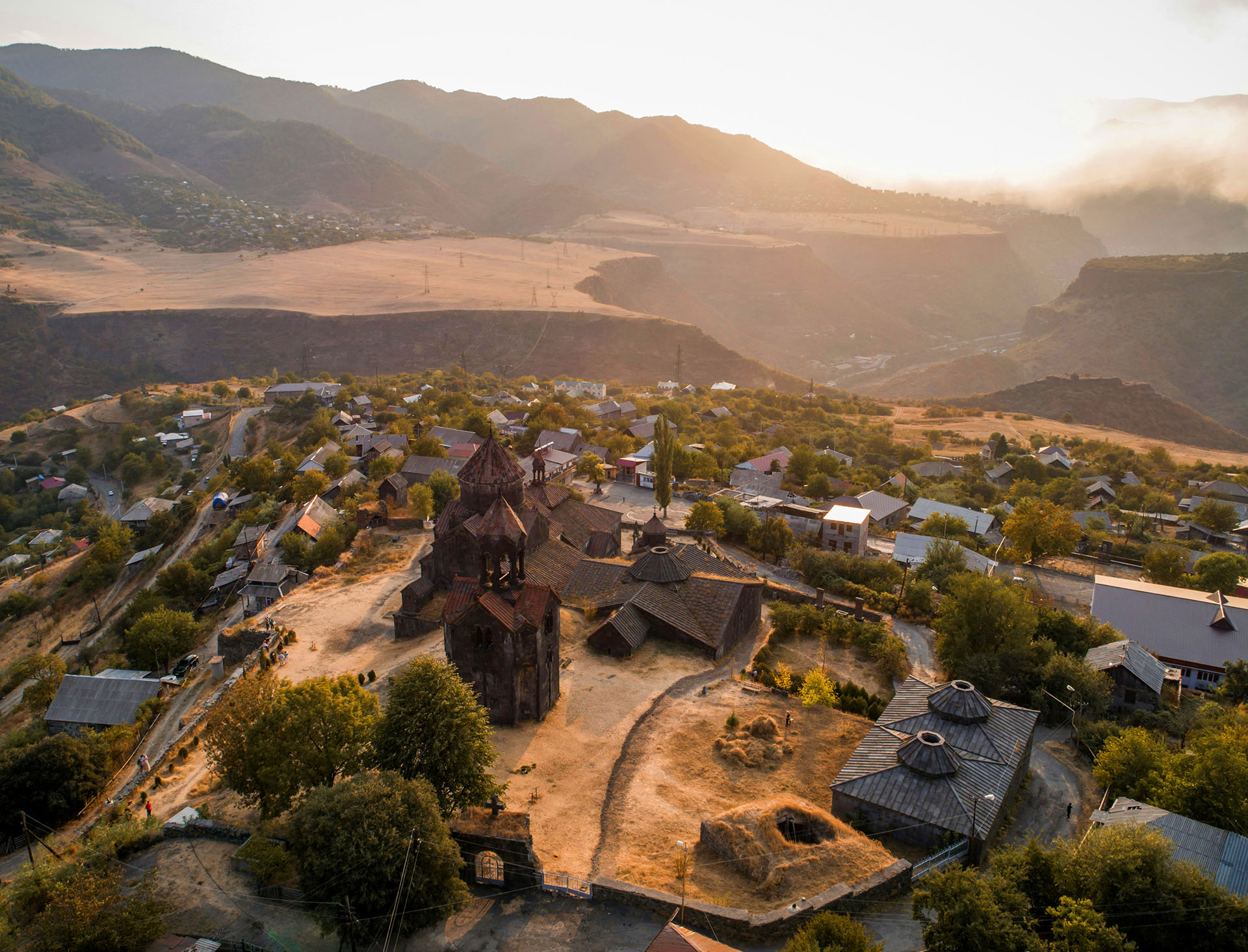Unveiling the Silk Road’s Eurasian Legacy
A Window into Ancient Trade and Civilization

"How beautiful upon the mountains are the feet of him who brings good news, who publishes peace, who brings good news of happiness, who publishes salvation, who says to Zion, 'Your God reigns.'"
Isaiah 52:7 (ESV)
The ancient Silk Road represents one of history's most significant networks of cultural and spiritual exchange, serving as a crucial pathway not only for trade but also for the spread of Christianity and other religious traditions across Eurasia. This historic network of routes demonstrates how God's message has traveled alongside commerce throughout human history.
The Historical Roots of the Silk Road
Tracing its Origins and Development
The Silk Road emerged during the Han Dynasty of China (207 BCE-220 CE), but its routes were traveled long before receiving this famous name. The network developed organically as traders sought to connect the great civilizations of Rome, Persia, India, and China. The term "Silk Road" was coined much later, in 1877, by German geographer Ferdinand von Richthofen.
Golden Age
The Silk Road reached its zenith during the Tang Dynasty (618-907 CE) and the following centuries, when it served as the primary artery for:
Trade in precious goods
Exchange of religious ideas
Spread of technological innovations
Cultural cross-pollination
Key Routes and Their Importance
The Northern Route
The northern branch of the Silk Road connected China to Europe through:
The oasis cities of Central Asia
The steppes of Mongolia
The Russian plains
Eastern European trading centers
This route was particularly significant for early Christian missionaries traveling eastward from Byzantine territories.


The Southern Route
The southern pathway included:
The maritime Silk Road through Southeast Asia
Overland routes through Persia and India
Connections to the Middle East and Mediterranean
Major Cities and Centers
Ancient Centers of Trade
Important centers along the route included:
Chang'an (modern Xi'an) - The eastern terminus
Samarkand - Central Asian crossroads
Constantinople - Gateway to Europe
Alexandria - Mediterranean port city
These cities often hosted significant Christian communities and served as bases for missionary activity.

Cultural and Spiritual Influence
The Flow of Religions
The Silk Road facilitated the spread of:
Early Christian communities
Nestorian Christianity in Central Asia
Buddhist teachings from India
Islamic expansion eastward
Christian History on the Silk Road
Christianity traveled these ancient paths through:
Missionary journeys
Trading Christian communities
Diplomatic missions
Religious texts and artifacts
Trade Impact and Cultural Exchange
Goods and Materials
Beyond silk, the routes carried:
Precious metals and stones
Spices and medicines
Religious artifacts
Written manuscripts
Technological Exchange
The routes facilitated the spread of:
Paper-making techniques
Gunpowder technology
Agricultural innovations
Architectural knowledge

Resurgence of the Silk Road
A Modern Initiative
China's Belt and Road Initiative (BRI) represents a modern revival of these ancient pathways, offering:
New infrastructure development
Enhanced regional connectivity
Opportunities for cultural exchange
Platforms for ministry outreach
Ministry Opportunities Along the Modern Silk Road
Today's Silk Road regions present unique opportunities for:
Cross-cultural ministry
Educational initiatives
Humanitarian work
Community development
Modern Impact and Historical Legacy
Archaeological Discoveries
Beyond silk, the routes carried:
Precious metals and stones
Spices and medicines
Religious artifacts
Written manuscripts
Technological Exchange
The routes facilitated the spread of:
Paper-making techniques
Gunpowder technology
Agricultural innovations
Architectural knowledge

A Look at Future Opportunities
A Modern Initiative
Modern projects along the historic route include:
Infrastructure development
Educational exchanges
Cultural preservation efforts
International cooperation programs
Ministry Opportunities Along the Modern Silk Road
Contemporary opportunities include:
Church planting in historic centers
Cultural exchange programs
Educational partnerships
Community service initiatives

Conclusion
The Silk Road's legacy extends far beyond its historical significance as a trade route. It represents one of history's greatest examples of how commerce, culture, and faith can intertwine to create lasting impact across civilizations. Today, as new initiatives revive these ancient pathways, opportunities emerge for continuing the tradition of cultural and spiritual exchange that has characterized these routes for millennia.
Understanding the Silk Road's history and significance helps us appreciate God's providence in using human commerce and interaction to spread His message across continents. As modern developments create new connections along these ancient routes, opportunities arise for continuing this legacy of spiritual and cultural exchange in the 21st century.
Frequently Asked Questions:
Related Articles
Exploring the Geography of Eurasia
Discovering Eurasia’s Steppes and Mountains “The heavens declare the glory of God, and the sky above proclaims his handiwork. Day to day pours out speech, and night to night reveals…
Read MoreEurasia: A Look at its Diverse Cultures and Geography
Eurasia A Look at its Diverse Cultures and Geography “And he made from one man every nation of mankind to live on all the face of the earth, having determined…
Read MoreWhere We Serve
Where We Serve Armenia Azerbaijan Belarus Georgia Israel Kazakhstan Kyrgyzstan Moldova Mongolia Poland Turkmenistan Tajikistan Russia Ukraine Uzbekistan Get Involved Donate Now
Read More



